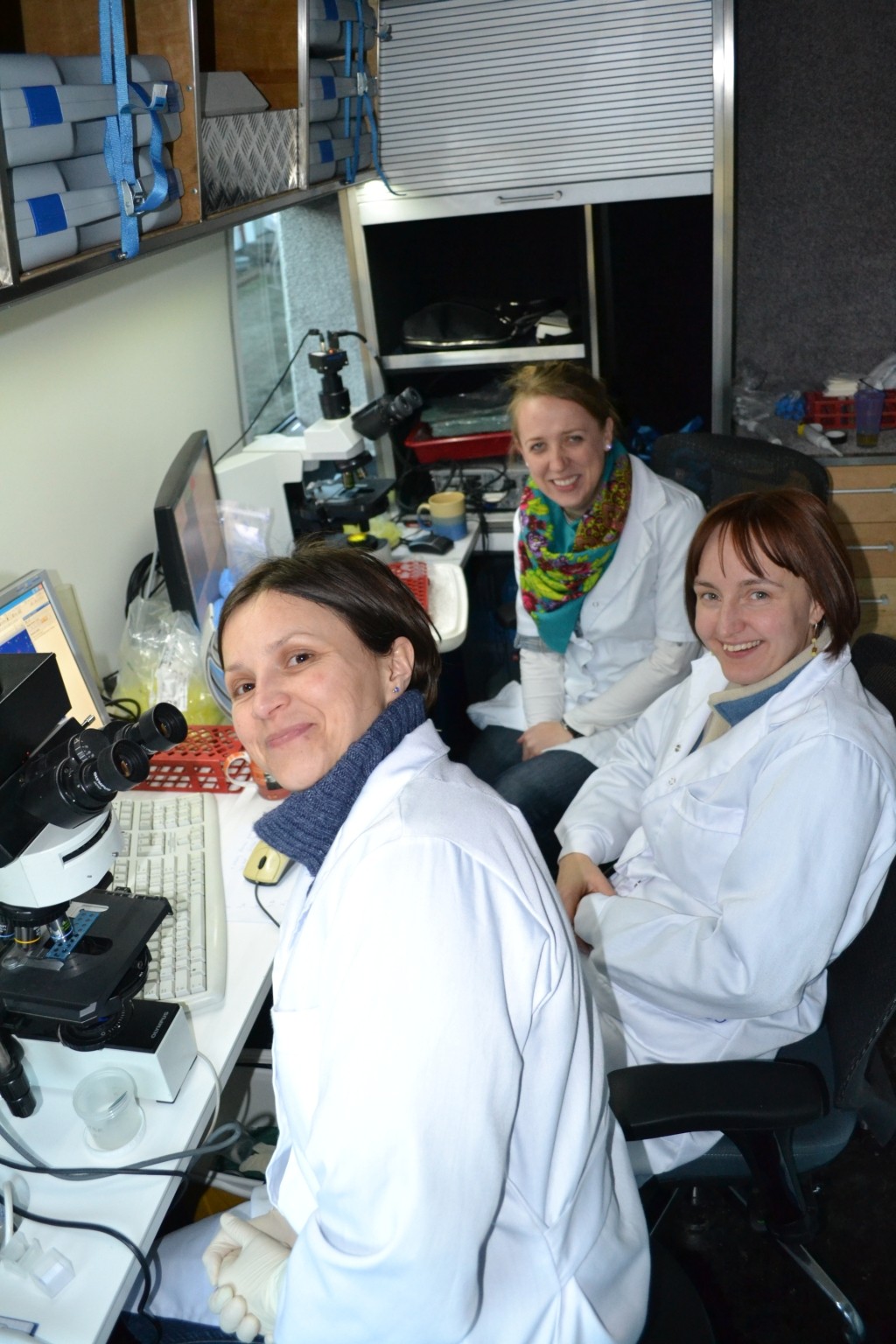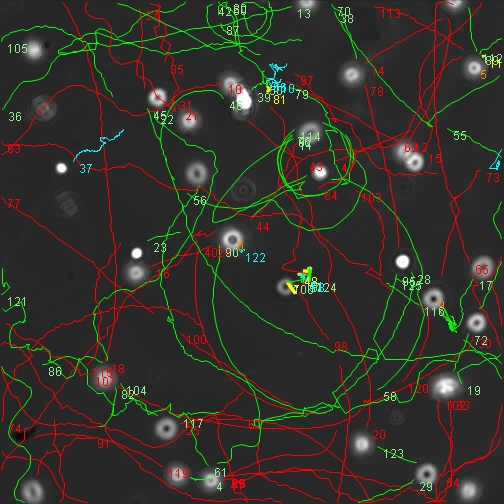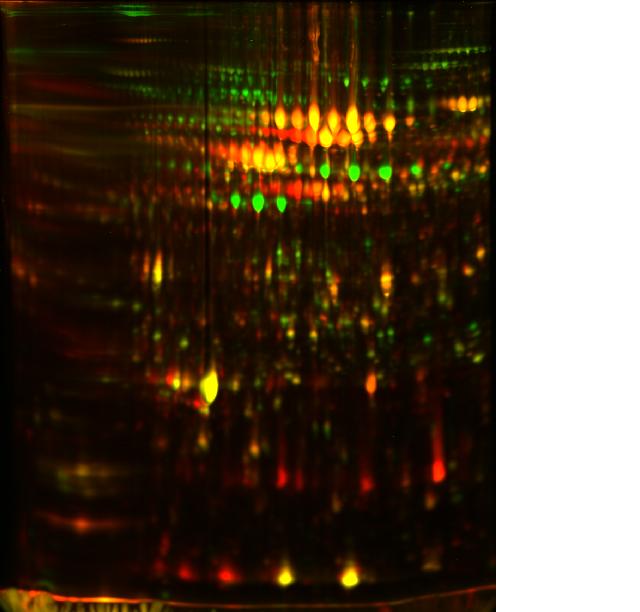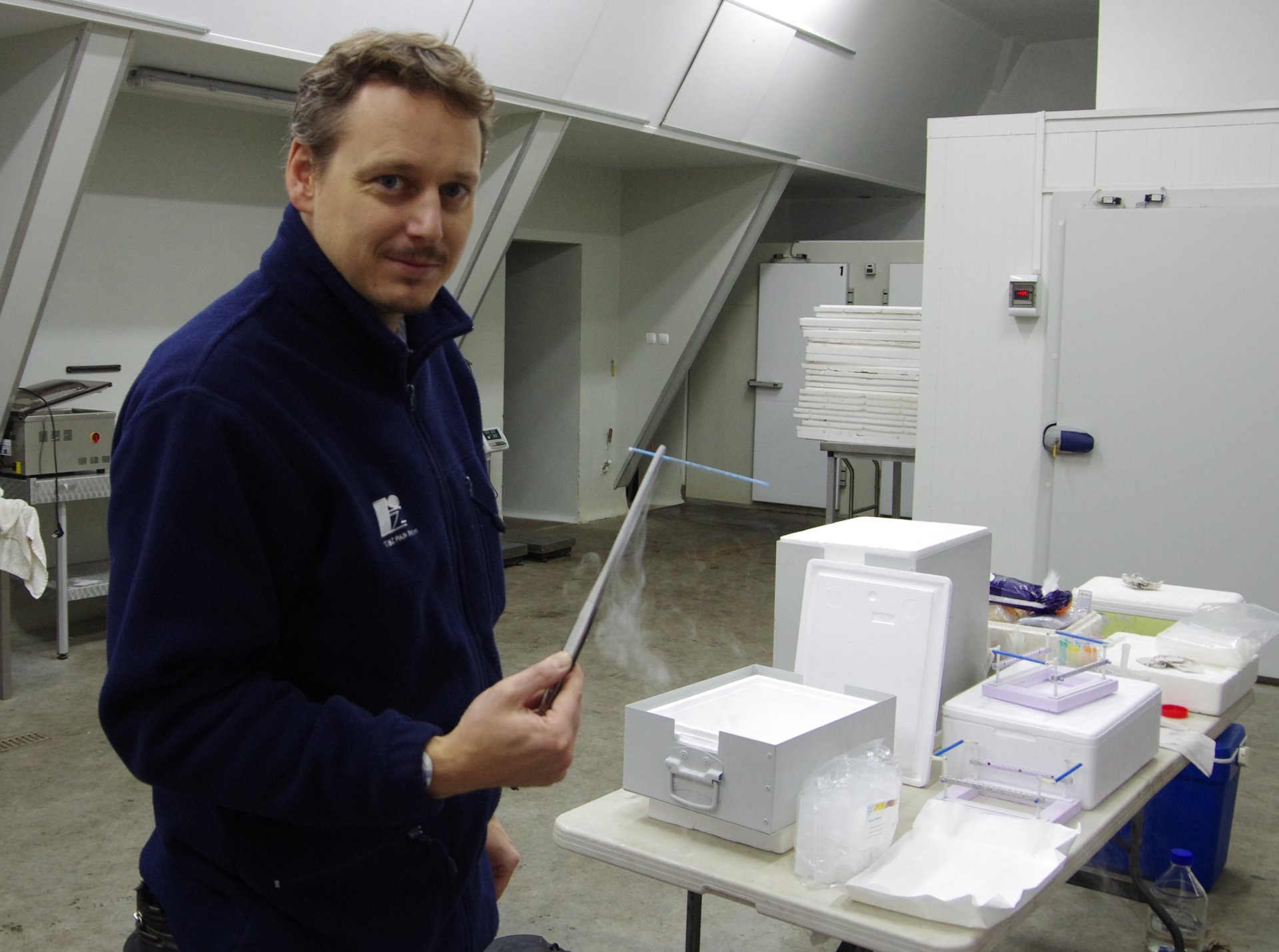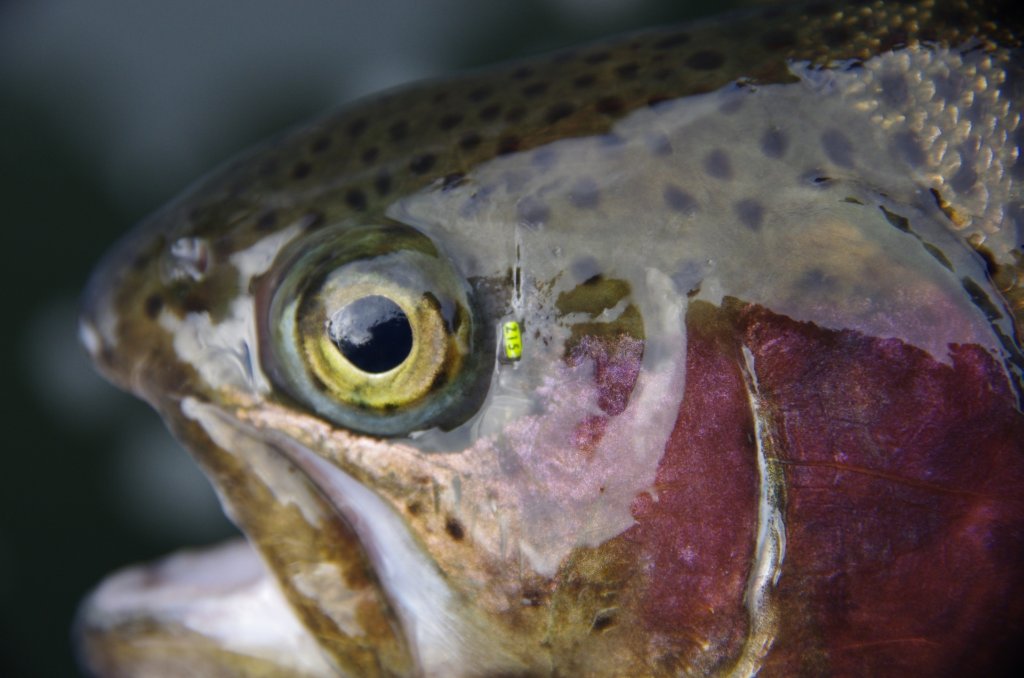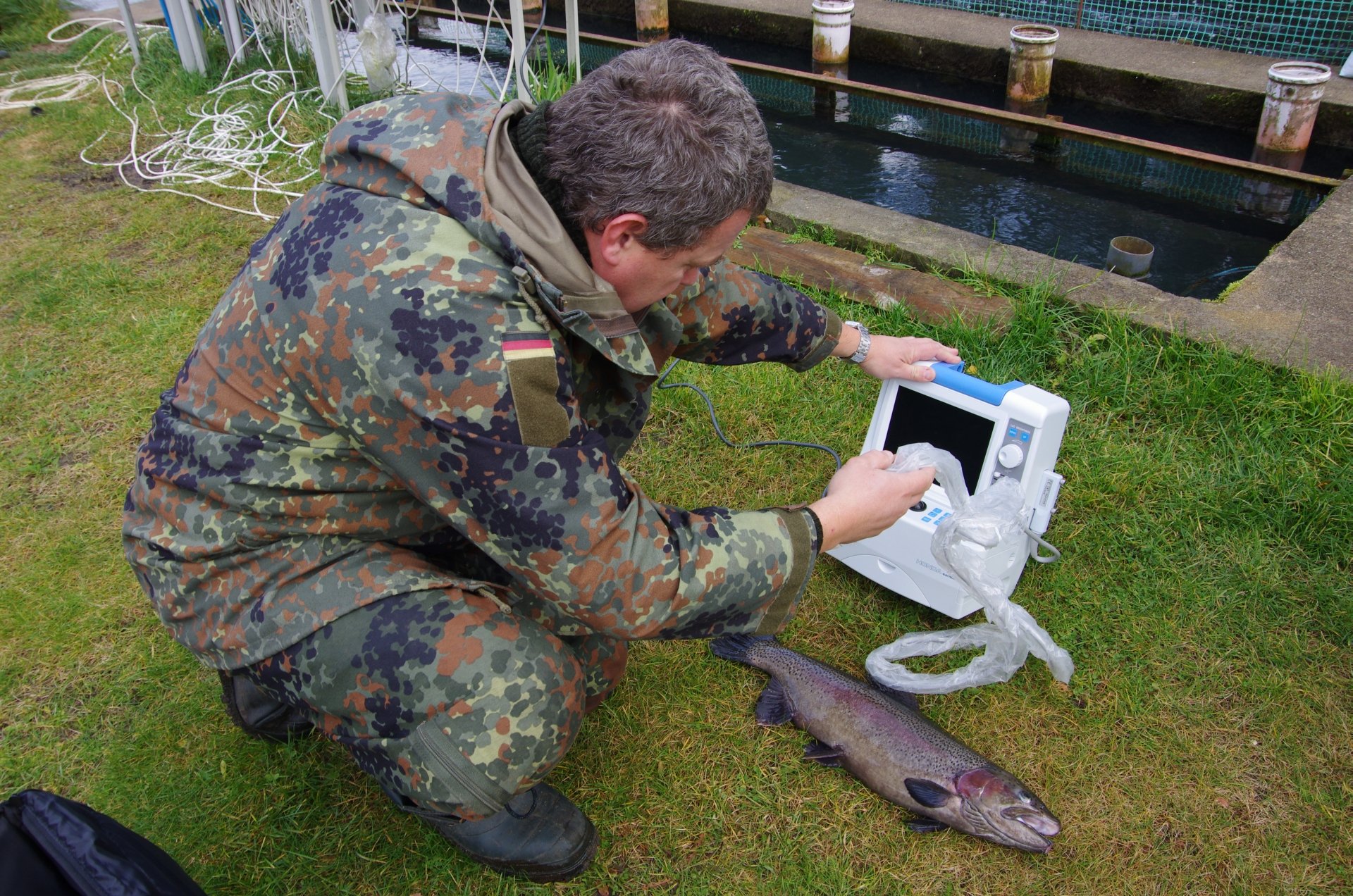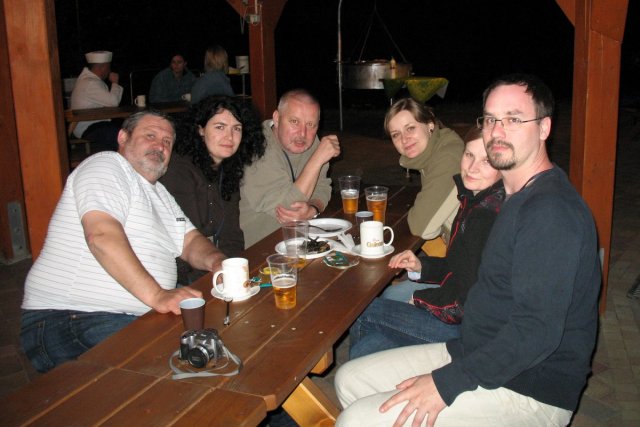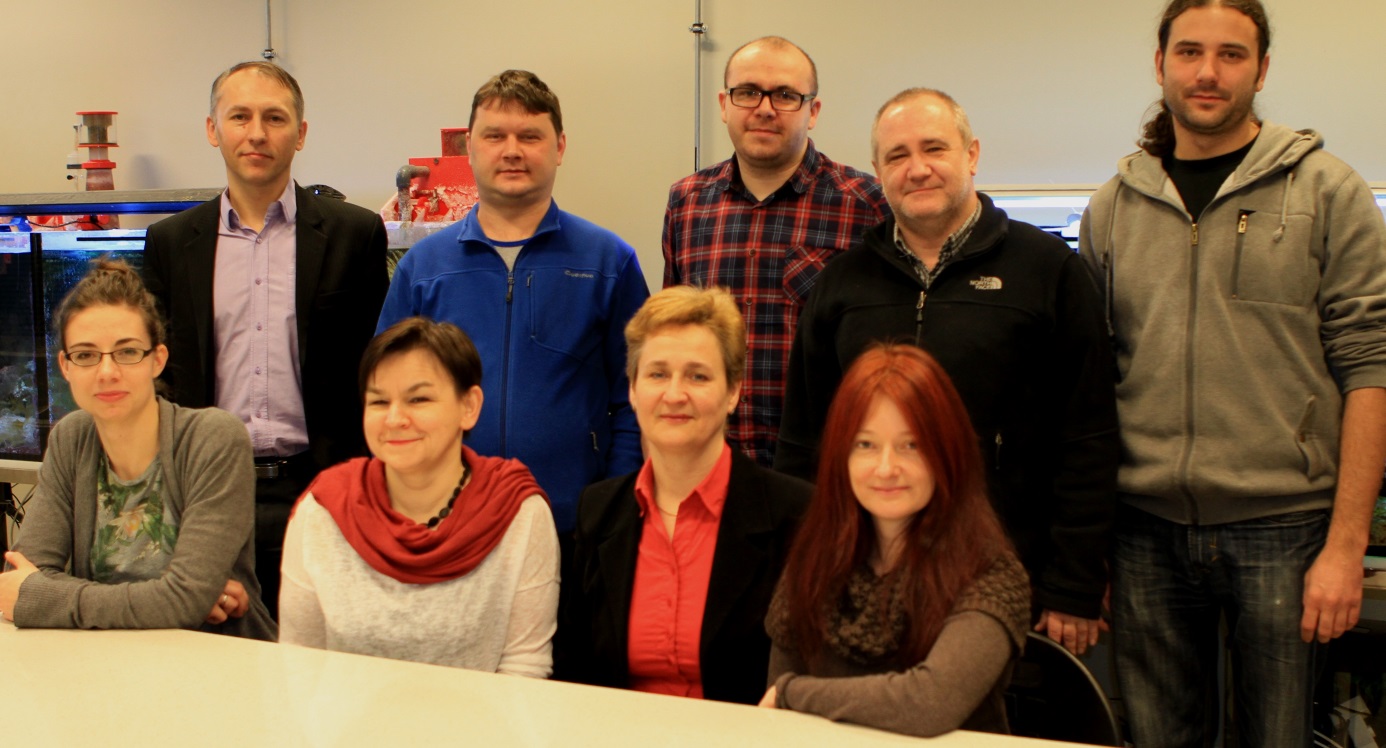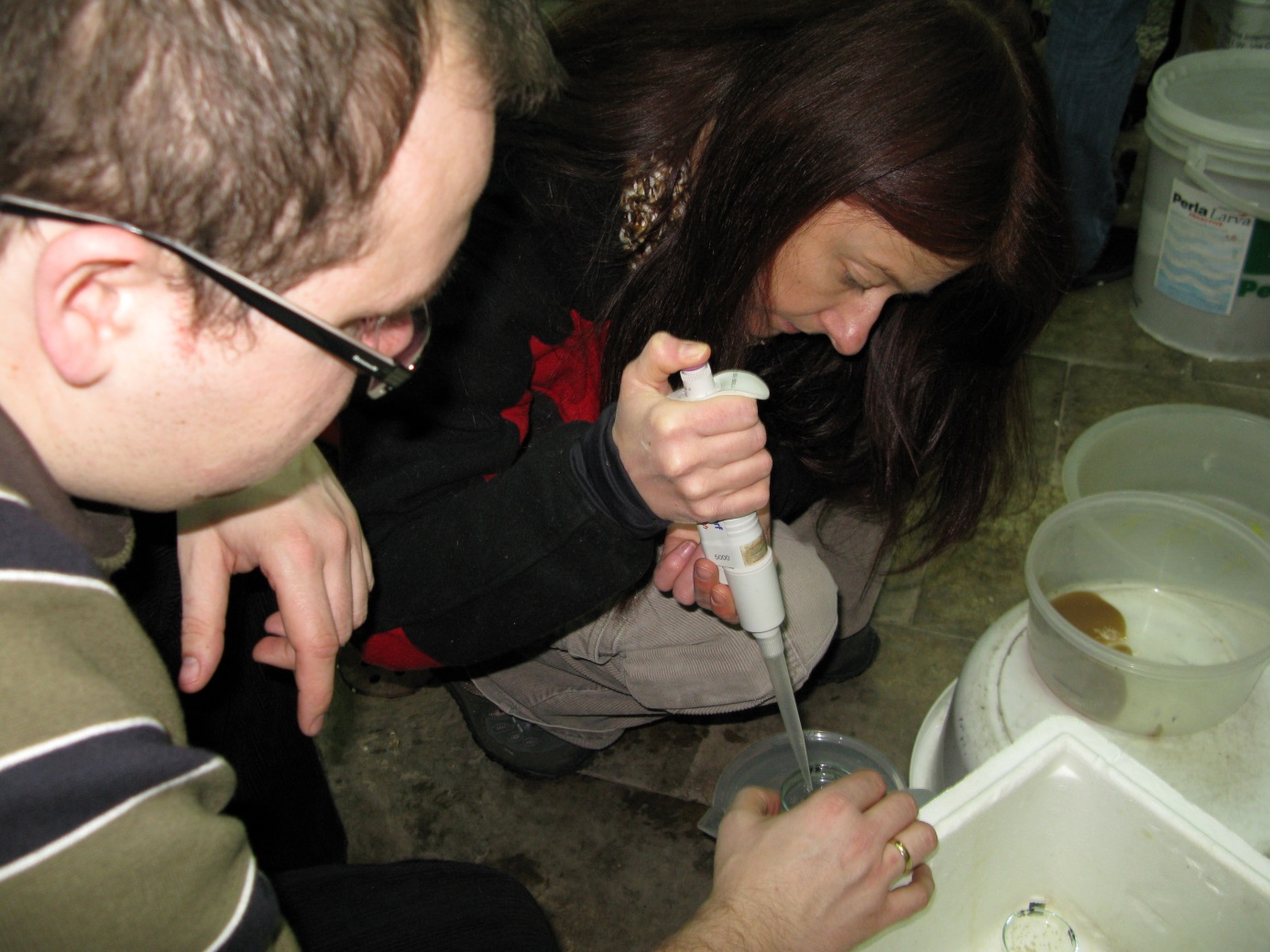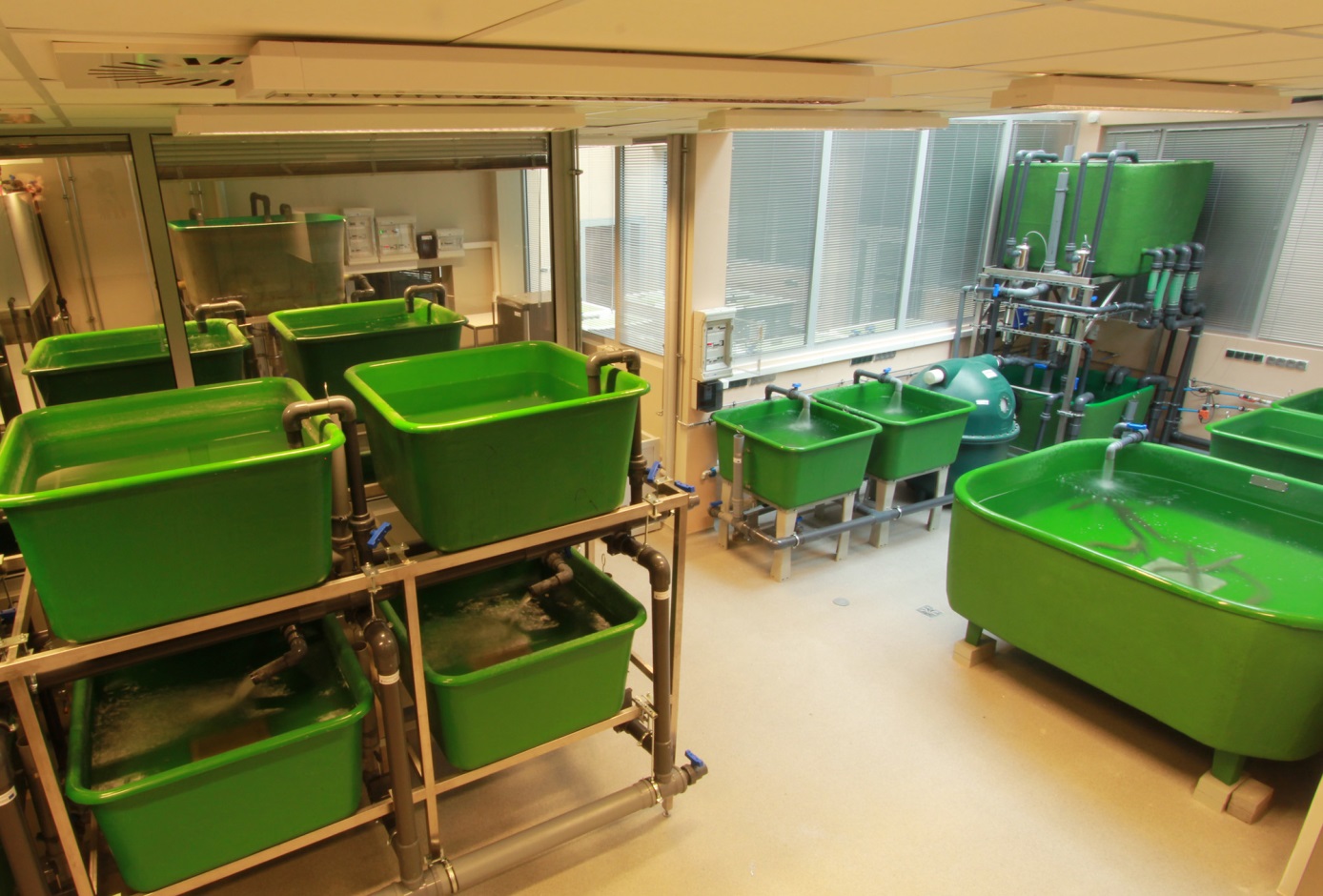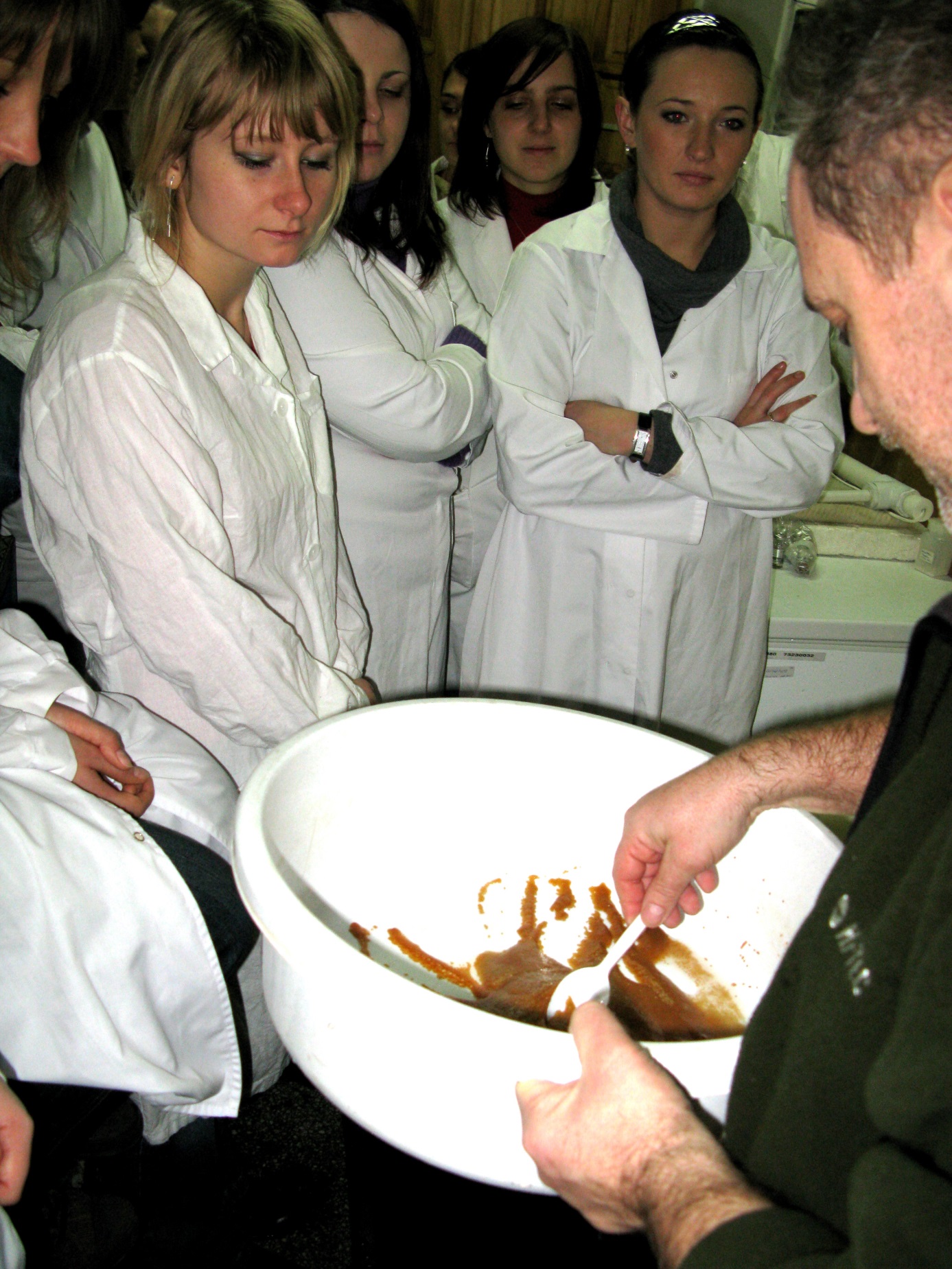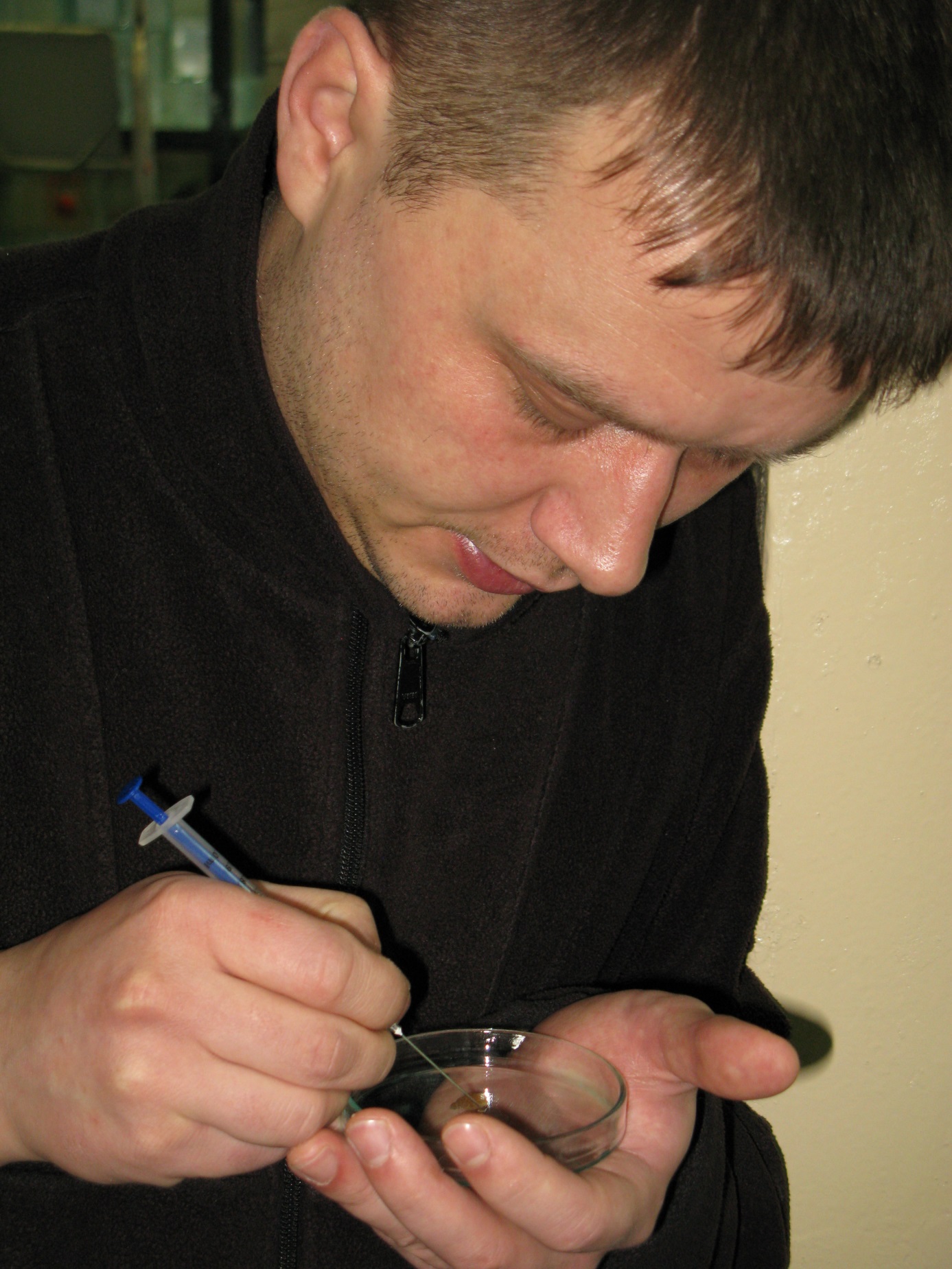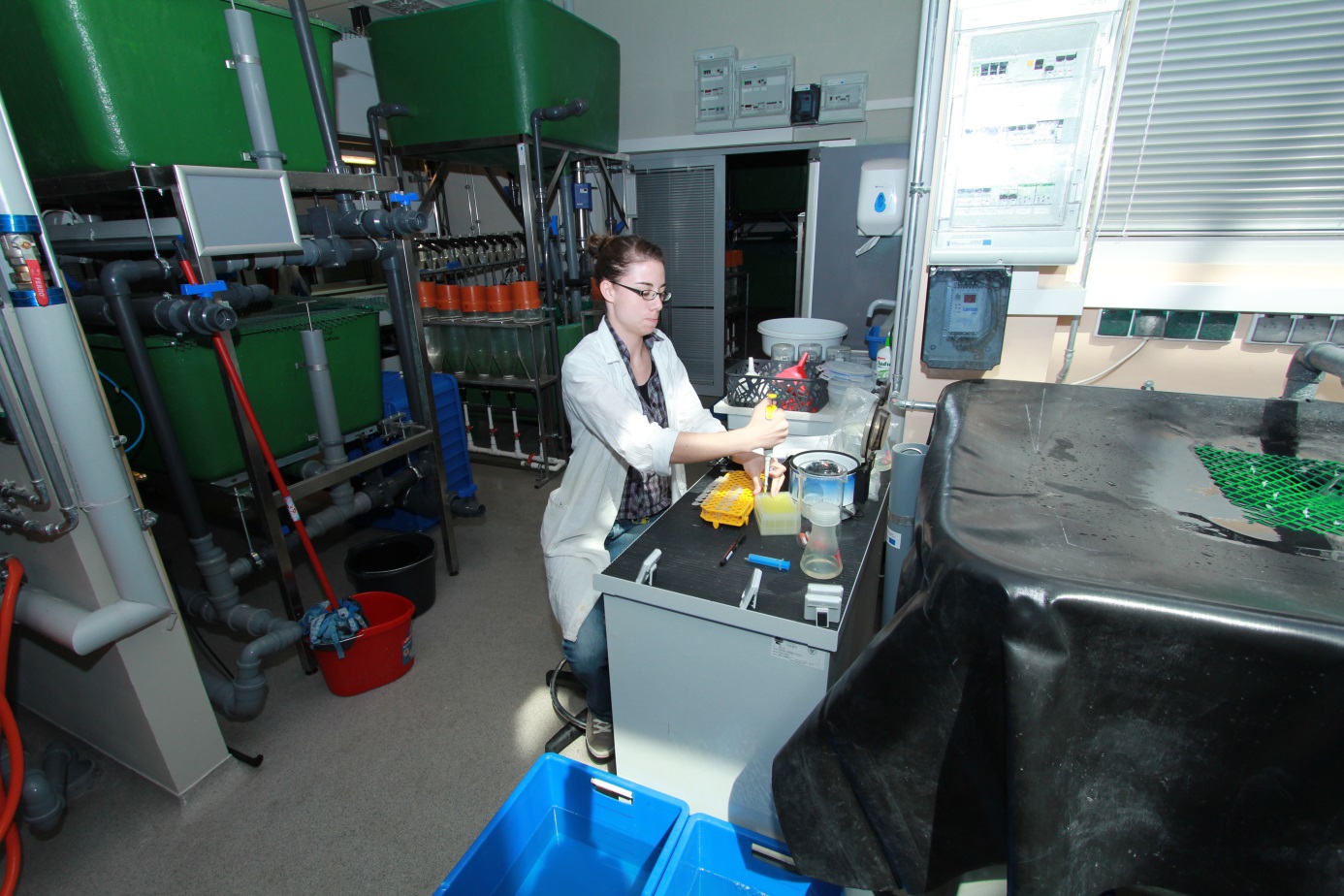Ichthyology Group
Faculty of Biology
Gdansk University
Contact
Prof. Edward F. Skorkowski
edward.skorkowski@biol.ug.edu.pl
Phone: +48 585236049
Address
Faculty of Biology
Gdansk University
59 Wita Stwosza st.
80-308 Gdansk (Poland)
Group description
The Ichthyology Group is a part of the Faculty of Biology at the Gdansk University (http://www.ug.edu.pl ). The group is formed by 4 professors, 2 postdocs, 2 technicians and several Ph.D. and Masters students. Part of the members are involved in bioenergetics of fish spermatozoa, izoenzymes participating in homeostasis of adenylate energy charge and effect of xenobiotics on spermatozoa viability. Other members are dedicated to several aspects of fish biology.
The professors teach several subjects (Biology, Zoology, Ichthyology, Genetics, Endocrinology and Molecular Taxonomy) on several degrees of undergraduate, graduate and Ph.D. study.
Main lines of research
-Physiology of fish spermatozoa:
Enzyme analysis from fresh and cryopreserved sperm. Native creatine kinase analysis for evaluation of ATP shuttle in fish spermatozoa. Key-gene expression. Effects of xenobiotics on fish spermatozoa viability and motility.
-Endocrine control in fish behavior during reproduction. Role of neurohormones.
-Molecular taxonomy of fish parasite.
Links
Faculty of Biology: http://www.biology.ug.edu.pl/
Department of Molecular Evolution http://www.kem.ug.edu.pl
Department of Genetics: http://www.biology.ug.gda.pl/genetyka
Relevant publications
1. N. Niedzwiecka, E.F. Skorkowski. Purification and properties of malic enzyme from herring Clupea harengus spermatozoa. Comp. Biochem. Physiol. 2013, 164B: 216-220.
2. N. Niedzwiecka; E.F. Skorkowski. Some properties of malic enzyme from herring (Clupea harengus) spermatozoa. 2011. 3rd International Workshop on the Biology of Fish Gametes, Budapest, Hungary. P-101, 87.
3. E. Gosz; J. Horbowy. Enzymatic activity of turbot spermatozoa in relation to sampling day during spawning. 2011. 3rd International Workshop on the Biology of Fish Gametes, Budapest, Hungary. O-2/07, 62.
4. N. Niedzwiecka; A. Mika; A. Białk-Bielinska; P. Stepnowski; E.F. Skorkowski. Effect of cadmium and glutathione on malic enzyme activity in brown shrimps (Crangon crangon) from the Gulf of Gdańsk. 2011. Oceanologia, 53: 793-805.
5. A. Biegniewska; M.S. Ziętara; E. Rurangwa; F. Ollevier; J. Swierczynski; E.F. Skorkowski. Some differences between carp (Cyprinus carpio) and African catfish (Clarias gariepinus) spermatozoa motility. 2010. J. Appl. Ichthyol. 26: 674-677.
6. E. Gosz; J. Mirny; J. Horbowy; M.S. Ziętara. Morphometry of turbot spermatozoa in relation to the location and time of capture during the spawning season. 2010, J. Appl. Ichthyol. 26: 784-788.
7. M.Y. Ozerov; J. Lumme; P. Pakk; P. Rintamaki; M.S. Ziętara; Y. Barskaya; D. Lebedeva; E. Saadre; R. Gross; C.R. Primmer; A. Vasemagi. High Gyrodactylus salaris infection rate in triploid Atlantic salmon Salmo salar. 2010. Diseases of Aquatic Organisms 91: 129-136.
8. A. Mika; M. Gołębiewski; J. Szafranek; J. Rokicki; P. Stepnowski. Identification of lipids in the cuticle of the parasitic nematode Anisakis simplex and the somatic tissues of the Atlantic cod Gadus morhua. 2010. Experimental Parasitology, 124: 334-340.
9. J. Kuusela; R. Holopainen; M. Meinila; P. Anttila; P. Koski; M.S. Ziętara; A. Veselov; C.R. Primmer; J. Lumme. Clonal structure of salmon parasite Gyrodactylus salaris on a coevolutionary gradient on Fennoscandian salmon (Salmo salar). 2009. Ann. Zool. Fennici., 46: 21-33.
10. M.S. Ziętara; A. Biegniewska; E. Rurangwa; J. Swierczynski; F. Ollevier; E.F. Skorkowski. Bioenergetics of fish spermatozoa during semen storage. 2009. Fish Physiology and Biochemistry. 35: 607-614.
Department of Gamete and Embryo Biology
Institute of Animal Reproduction and Food Research of Polish Academy of Sciences
Contact
Prof. Andrzej Ciereszko
a.ciereszko@pan.olsztyn.pl
Phone: +48 89 539 31 36
Address
Institute of Animal Reproduction and Food Research of Polish Academy of Sciences
Tuwima 10
10-748 Olsztyn
Poland
Group description
The Group of the Department of Gamete and Embryo Biology is part of the Institute of Animal Reproduction and Food Research (www.pan.olsztyn.pl). The Group consists of 1 professor, 7 assistant professors, 1 assistant and 4 technologists. The scientific scope of the research conducted in the Department of Gamete and Embryo Biology ranges from biochemistry and physiology of animal spermatozoa to practical aspects of fish reproduction. Biochemical research focus on isolation and characterization of proteins and peptides of animal seminal plasma and spermatozoa with the use of classical and proteomic methods. Research on physiology involves studies of sperm motility with the use of computer-assisted sperm analysis and sperm DNA damages using comet assay. Applied research concern the optimization of short and long term storage of fish and avian semen, foundation of the Fish Sperm Bank and estimation o egg quality of salmonid fish.
Main lines of research
– isolation, identification and characterization of proteins of fish semen (rainbow trout, common carp) and birds (turkey),
– proteomic analysis of rainbow trout and carp semen,
– optimization of short- and long-term storage procedures of fish and avian semen,
Link
Department of Gamete and Embryo Biology www.pan.olsztyn.pl/en/dgeb
Relevant publications
1. Boryshpolets, S., Kowalski, R.K.,, Dietrich, G.J., Dzyuba, B., Ciereszko, A. 2013. Different computer-assisted sperm analysis (CASA) systems highly influence sperm motility parameters. Theriogenology 80: 758-765.
2. Ciereszko, A., Dietrich, G.J., Nynca, J., Liszewska, E., Karol, H., Dobosz, S. 2013. The use of concentrated extenders to improve the efficacy of cryopreservation in whitefish spermatozoa. Aquaculture 408-409, 30-33.
3. Cejko B.I., Żarski D., Sarosiek B., Kowalski R.K., Judycka S., Kucharczyk D. 2013. Effect of two commercial preparations containing different GnRH analogues with dopamine antagonists on barbel Barbus barbus (L.) sperm quality and quantity. Aquaculture International DOI: 10.1007/s10499-013-9657-2.
4. Sarosiek B., Judycka S., Kucharczyk D., Żarski D., Kowalski R.K. 2013. Motility parameters of perch spermatozoa (Perca fluviatilis L.) with cryoprotectors addition. Aquaculture International DOI 10.1007/s10499-013-9687-9.
5. Słowińska, M., Nynca, J., Cejko, B.I. , Dietrich, M.A., Horváth, Á., Urbányi, B., Kotrik, L., Ciereszko, A. 2013. Total antioxidant capacity of fish seminal plasma. Aquaculture 400-401: 101-104.
6. Kowalski R.K., Hliwa P., Cejko B.I., Król J., Stabiński R., Ciereszko A. (2012): Quality and quantity of smelt (Osmerus eperlanus L.) sperm in relation to time after hormonal stilmulation. Reproductive Biology 12(2): 231-246.
7. Fopp-Bayat, D., Ciereszko, A. 2012. Microsatellite genotyping of cryopreserved spermatozoa for the improvement of whitefish semen cryobanking. Cryobiology 65: 196-201.
8. Nynca, J., Kuźmiński, H., Dietrich, G.J., Hliwa, P., Dobosz, S., Liszewska, E., Karol, H., Ciereszko, A. 2012. Changes in sperm parameters of sex-reversed female rainbow trout during spawning season in relation to sperm parameters of normal males. Theriogenology 77: 1381-1389.
9. Nynca, J., Kuźmiński, H., Dietrich, G.J., Hliwa, P., Dobosz, S., Liszewska, E., Karol, H., Ciereszko, A. 2012. Biochemical and physiological characteristics of semen of sex-reversed females rainbow trout (Oncorhynchus mykiss, Walbaum). Theriogenology 77:174-183.
10. Butts, I.A.E., Trippel, E.A., Ciereszko, A., Soler, C., Słowińska, M., Alavi, S.M.H., Litvak, M.K., Babiak, I. 2011. Seminal plasma biochemistry and spermatozoa characteristics of Atlantic cod (Gadus morhua L.) of wild and cultivated origin. Comp. Biochem. Physiol. A 159: 16-24.
11. Dietrich, M.A., Dietrich, G.J., Hliwa, P., Ciereszko, A. 2011. Carp transferrin can protect spermatozoa against toxic effects of cadmium ions. Comp. Biochem. Physiol. C 153: 422-429.
12. Nynca, J., Dietrich, M.A., Bilińska, B., Kotula-Balak, M., Kiełbasa, T., Karol, H., Ciereszko, A. 2011. Isolation of lipocalin-type protein from rainbow trout seminal plasma and its localization in the reproductive system. Reprod. Fertil. Dev. 23: 381-389.
13. Nynca, J., Słowińska, M., Dietrich, M.A., Bilińska, B., Kotula-Balak, M., Ciereszko, A. 2011. Isolation and identification of fetuin-B-like protein from rainbow trout seminal plasma and its localization in the reproductive system. Comp. Biochem. Physiol. B 158:106-116.
14. Dietrich, M.A., Nynca, J., Bilińska, B., Kuba, J., Kotula-Balak, M., Karol, H., Ciereszko, A. 2010. Identification of parvalbumin-like protein as a major protein of common carp (Cyprinus carpio L.) spermatozoa which appears during final stage of spermatogenesis. Comp. Biochem. Physiol. B 157: 220-227.
15. Dietrich, M.A., Żmijewski, D., Karol, H., Hejmej, A., Bilińska, B., Jurecka, P., Irnazarow, I., Słowińska, M., Hliwa, P., Ciereszko, A. 2010. Isolation and characterization of transferrin from common carp (Cyprinus carpio L) seminal plasma. Fish Shellfish Immunol. 29: 66-74.
Department of Lake and River Fisheries
Faculty of Environmental Sciences
University of Warmia and Mazury in Olsztyn, Poland
Contact
Prof. Dariusz Kucharczyk
darekk@uwm.edu.pl
Phone: +48 89 523 34 36
Address
Department of Lake and River Fisheries
University of Warmia and Mazury
Ul. Oczapowskiego 5, pok. 327
10-719 Olsztyn
Poland
Group description
The Group of the Department of Lake and River Fisheries is a part of Faculty of Environmental Sciences at the University of Warmia and Mazury in Olsztyn (Poland). The Department is formed by 3 professors, 5 doctors, 1 technician, 1 PhD student and several MSc students. The educational activity of the Department includes, among others: aquaculture, aquacultural engineering, applied aspects of controlled reproduction of freshwater fish, larviculture and economics in aquaculture. Since 1951 research activities of the Department involved a combination of field and laboratory studies to characterize life history and methods of larval rearing with the use of different techniques. Field methods include standardized surveys using electro-fishing or netting. Laboratory methods include hormonal and genetic manipulations, rearing techniques in aquaria, tanks and cages, analyses of fishery and management data. In the last two decades the scientific activity of the Department have focused mainly on the intensive methods of fish production, where controlled reproduction, gamete management and larviculture are the most important aspects studied.
Main lines of research
– Hormonal and environmental induction of reproductive cycle, ovulation and spermation in wild and cultured broodstocks of finfishes
– Gamete management (optimization and standardization of in vitro fertilization protocols, short- and long-term storage of gametes) in finfishes
– Egg quality and egg biology (identification of egg quality indicators, recognition of factors affecting egg quality in wild and cultured finfishes, investigation of biological aspects of eggs activation and fertilization)
– Larviculture of freshwater finfishes (optimization and standardization of initial larvae rearing protocols, larvae nutrition)
Links
University of Warmia and Mazury http://www.uwm.edu.pl/en/
Faculty of Environmental Sciences http://wnos.uwm.edu.pl/en/
Relevant publications
1. Żarski D., Horváth A., Bernáth G., Palińska-Zarska K., Krejszeff S., Müller T., Kucharczyk D. 2014. Application of different activating solutions to in vitro fertilization of crucian carp, Carassius carassius (L.), eggs. Aquaculture International 22: 173–184.
2. Żarski D., Krejszeff S., Kucharczyk D., Palińska K., Targońska K., Kupren K., Fontaine P., Kestemont P. 2013. The application of tannic acid to the elimination of egg stickiness at varied moments of the egg swelling process in pikeperch, Sander lucioperca (L.). Aquaculture Research (in press).
3. Żarski D., Krejszeff S., Horváth A., Bokor Z., Palińska K., Szentes K., Łuczyńska J., Targońska K., Kupren K., Urbányi B., Kucharczyk D. 2012. Dynamics of composition and morphology in oocytes of Eurasian perch, Perca fluviatilis L., during induced spawning. Aquaculture 364-365: 103–110.
4. Żarski D., Krejszeff S., Palińska K., Targońska K., Kupren K., Fontaine P., Kestemont P., Kucharczyk D. 2012. Cortical reaction as an egg quality indicator in artificial reproduction of pikeperch, Sander lucioperca. Reproduction, Fertility and Development 24: 843–850.
5. Żarski D., Kucharczyk D., Targońska K., Palińska K., Kupren K., Fontaine P., Kestemont P. 2012. A new classification of pre-ovulatory oocyte maturation stages in pikeperch, Sander lucioperca (L.), and its application during artificial reproduction. Aquaculture Research 43: 713–721.
6. Żarski D., Horvath A., Kotrik L., Targońska K., Palińska K., Krejszeff S., Bokor Z., Urbanyi B., Kucharczyk D. 2012. Effect of different activating solutions on the fertilization ability of Eurasian perch, Perca fluviatilis L., eggs. Journal of Applied Ichthyology. 28: 967–972
7. Żarski D., Targońska K., Kaszubowski R., Kestemont P., Fontaine P., Krejszeff S., Kupren K., Kucharczyk D. 2012. Effect of different commercial spawning agents and thermal regime on the effectiveness of pikeperch, Sander lucioperca (L.), reproduction under controlled conditions. Aquaculture International 21: 819–828.
8. Żarski D., Palińska K., Targońska K., Bokor Z., Kotnik L., Kreszeff S., Kupren K., Horvath A., Urbanyi B., Kucharczyk D., 2011, Oocyte quality indicators in Eurasian perch, Perca fluviatilis L., during reproduction under controlled conditions, Aquaculture 311: 84–91.
9. Żarski D., Bokor Z., Kotrik L., Urbanyi B., Horvath A., Targońska K., Krejszeff S., Palińska K., Kucharczyk D. 2011. A new classification of a pre-ovulatory oocyte maturation stage suitable for the synchronization of ovulation in controlled reproduction of Eurasian perch, Perca fluviatilis L. Rep. Biol. 11: 194–209.
10. Targońska K., Kucharczyk D. Żarski D., Cejko B.I., Krejszeff S. Kupren K., Król R., Dryl K., Kowalski R.K., Glogowski J., 2011, Artificial reproduction of wild and cultured barbel (Barbus barbus, Cyprinidae) under controlled conditions, Acta Veterinaria Hungarica 59: 363–372.
11. Krejszeff S., Targońska K., Żarski D., Kucharczyk D., 2010, Artificial reproduction of two different spawn-forms of the chub, Reproductive Biology 10: 67–74.
12. Targońska K., Kucharczyk D., Kujawa R., Mamcarz A., Żarski D., 2010, Controlled reproduction of asp, Aspius aspius (L.) using luteinizing hormone releasing hormone (LHRH) analogues with dopamine inhibitors, Aquaculture 306: 407–410.
13. Kujawa R., Kucharczyk D., Mamcarz A., Żarski D., Targońska K., 2010. Artificial spawning of common tench Tinca tinca (Linnaeus, 1758), obtained from wild and domestic stocks, Aquaculture International 19: 513–521.
14. Kujawa R., Kucharczyk D., Mamcarz A., 2010. The effect of tannin concentration and egg unsticking time on the hatching success of tench Tinca tinca (L.) larvae. Reviews in Fish Biology and Fisheries 20: 339–343.
15. Krejszeff S., Targońska K., Żarski D., Kucharczyk D., 2009. Domestication affects spawning of the ide (Leuciscus idus)-preliminary study, Aquaculture 295: 145–147.

